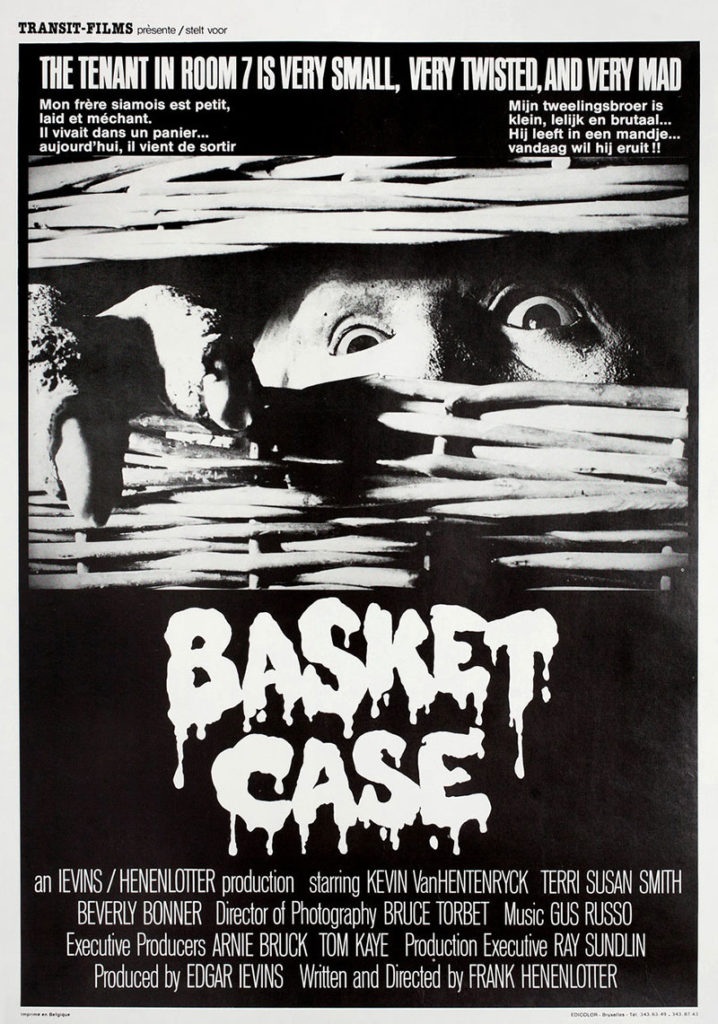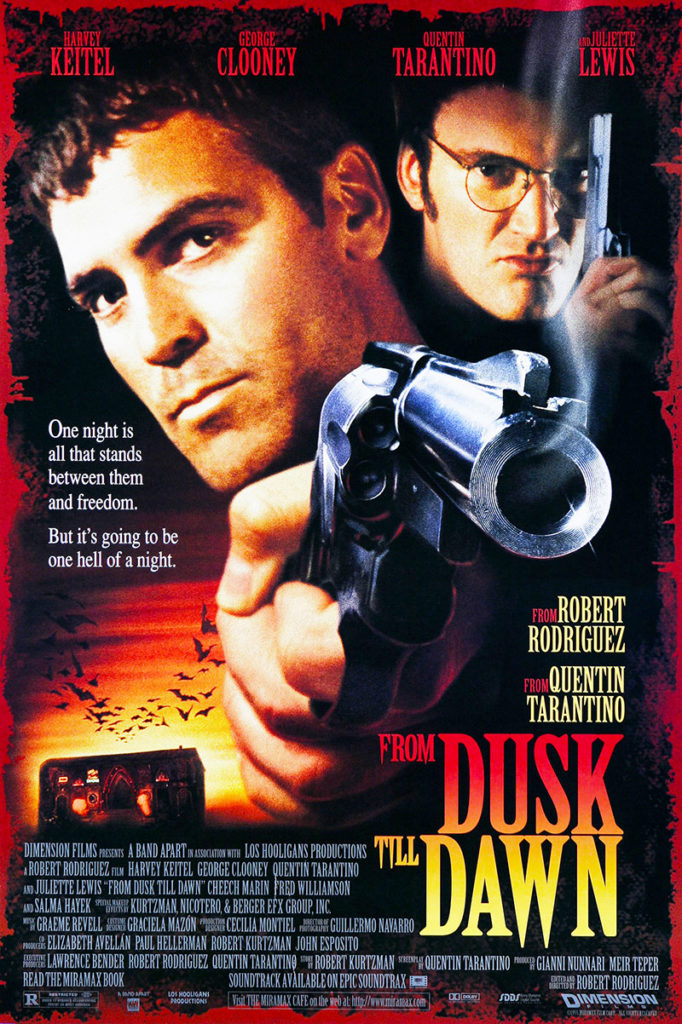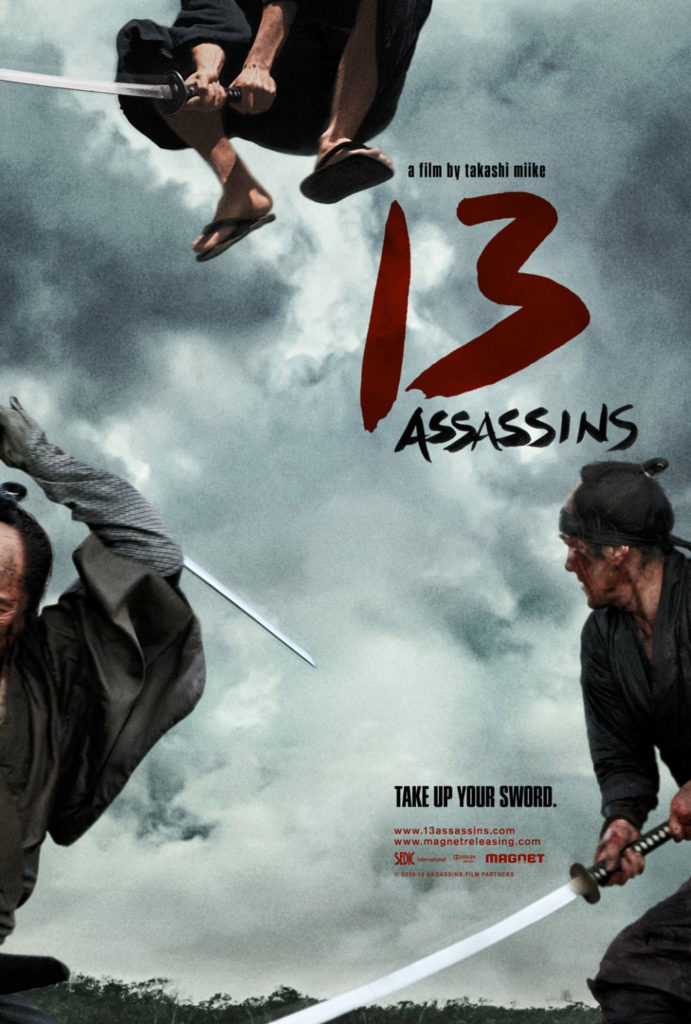 This is one of the more bizarre movies I’ve ever seen. From writer/director Frank Henenlotter, Basket Case is an ultra low budget black comedy horror flick about a young man and his brother. By all accounts, Duane Bradley is a normal person. Raised in upstate New York, he’s on his first trip to the big city. He’s naïve — green as all hell, in fact — but he has his charms, and it’s easy to tell that the city can’t come close to extinguishing all his innocence.
This is one of the more bizarre movies I’ve ever seen. From writer/director Frank Henenlotter, Basket Case is an ultra low budget black comedy horror flick about a young man and his brother. By all accounts, Duane Bradley is a normal person. Raised in upstate New York, he’s on his first trip to the big city. He’s naïve — green as all hell, in fact — but he has his charms, and it’s easy to tell that the city can’t come close to extinguishing all his innocence.
Duane finds himself a room in a seedy hotel near Times Square (Basket Case was released in 1982, a whole universe away from today’s Times Square). He carries all his worldly possessions on his person. A big wad of cash, a backpack full of clothes, and a wicker basket in which he carries his brother. Wait...what?
I’m not going to pretend it’s any surprise what’s in the basket. It could have been anything, but it’s pretty clear early on this is a creature feature, so of course there’s a monster in the basket. It’s revealed that the monster is Duane’s onetime conjoined twin, forcibly removed by a gaggle of less than ethical doctors when Duane and his brother were just boys. Left for dead, the twin, named Belial, reunites with Duane, and after the two grow into adulthood, they set in motion a plan to take revenge on the doctors who wronged them. Continue reading “Basket Case”

 October has come again. It being the month of Halloween, we at Missile Test choose to celebrate by watching and reviewing horror films. Ah, blood. There just can’t be enough in October. Today’s selection has plenty of it, even though it’s mostly green. But what the hell, it’s all in fun.
October has come again. It being the month of Halloween, we at Missile Test choose to celebrate by watching and reviewing horror films. Ah, blood. There just can’t be enough in October. Today’s selection has plenty of it, even though it’s mostly green. But what the hell, it’s all in fun. Three historical periods in Japan are among the most interesting and compelling in the annals of human civilization. The Sengoku period, also known as the Warring States period, comprised the height of feudal conflict from the 15th century to the early 17th century, culminating in the unification of Japan under the Tokugawa Shogunate in 1603. The new era of peace which followed, the Edo period, lasted until the Shogunate collapsed in the wake of internal and external pressures for Japan to end its forced isolation and open its shores to the modern world in the 1860s. What followed was the Meiji period, when the emperor was restored to power, and Japan, through numerous fits and starts, became the empire that was finally defeated by the Allies in World War II.
Three historical periods in Japan are among the most interesting and compelling in the annals of human civilization. The Sengoku period, also known as the Warring States period, comprised the height of feudal conflict from the 15th century to the early 17th century, culminating in the unification of Japan under the Tokugawa Shogunate in 1603. The new era of peace which followed, the Edo period, lasted until the Shogunate collapsed in the wake of internal and external pressures for Japan to end its forced isolation and open its shores to the modern world in the 1860s. What followed was the Meiji period, when the emperor was restored to power, and Japan, through numerous fits and starts, became the empire that was finally defeated by the Allies in World War II.